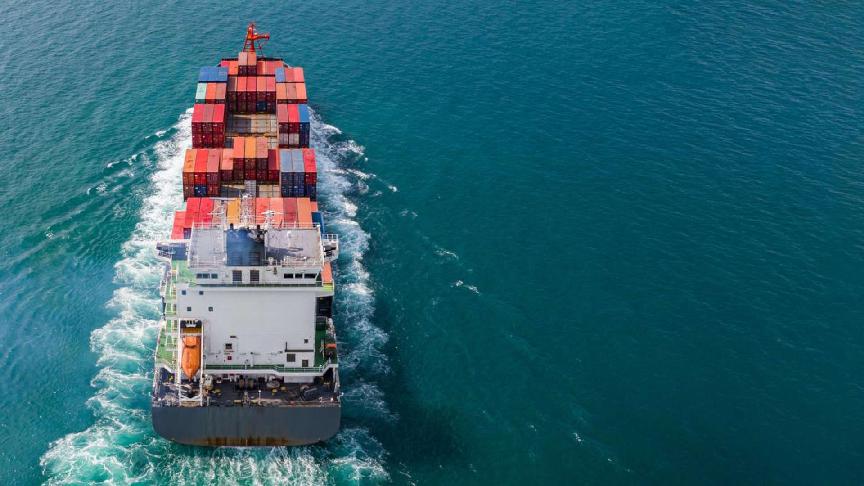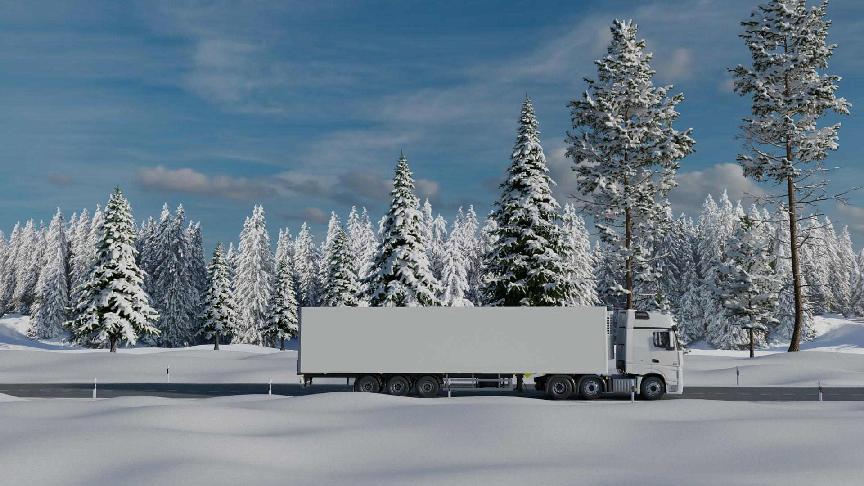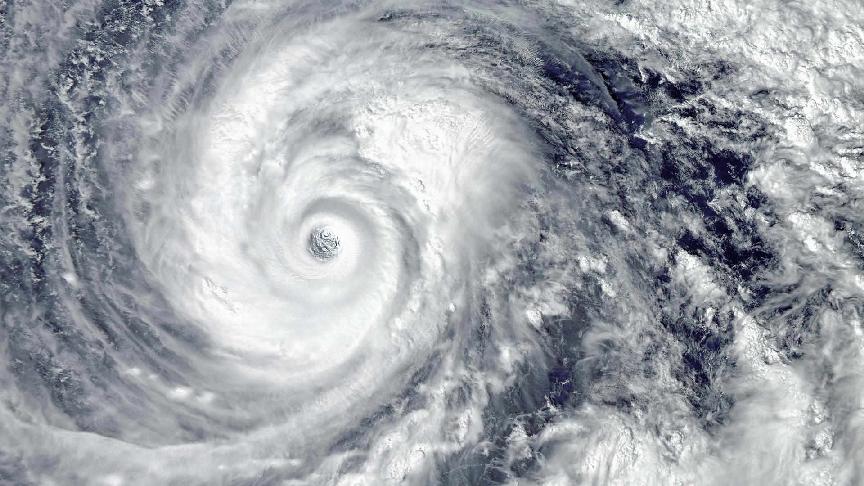Kuehne+Nagel sheds some light on the ongoing industrial action, how it has affected services to and from Oceania and what can be expected in the coming weeks.
Industrial action launched by the Maritime Union Australia (MAU) at DP World container terminals across the country is extended to the end of the year.
In early October, the MAU began strikes and bans on operations after negotiations with the port operator for a new enterprise bargaining agreement failed.
As talks stagnated over the course of two months, the union announced strike extensions week after week. The latest notice extends both waterside and landside disruptions to 31 December.
The impact of the industrial action on container cargo
The industrial action involves bans on overtime, shift extensions, and stoppages to waterside and landside services in Sydney, Melbourne, Brisbane and Fremantle.
Vessel operations
As a result of waterside stoppages - the loading and unloading of ships - carriers are forced to reshuffle port rotations to meet berthing windows, maintain schedule integrity and minimise cargo delays.
These impact all services calling Australia regardless of origin.
Consequently, shipping lines communicate contingency plans for affected vessels on short notice.
These may include:
- discharging or loading cargo at alternate ports to be transhipped on future vessels;
- calling at adjacent terminals run by a different port operator, such as Patrick Terminals or
- omit a port on the inbound voyage and induce a call on the outbound.
Landside Operations
On the landside, retrieval and delivery stoppages are delaying container movements in and out of ports by rail and truck.
Furthermore, Kuehne+Nagel reports congestion at empty container parks and challenges with truck planning due to the short-notice adjustments to vessel schedules.
Once in the port, transport providers experience significant delays and lengthy turnaround times, impacting delivery schedules to final locations and the dehire of empty containers.
Yard congestion
As with most lengthy strike actions, a build-up of cargo at the ports is not unusual.
According to Australian newspaper The Age, a DP World spokesman said there was "a backlog of just over 50,000 containers due to the union's ongoing industrial action."
Not only is the backlog increasing at DP World terminals but also at adjacent terminals—Patrick Terminals, Victoria International Container Terminals and Hutchison Terminals—as a result of these contingency plans.
New Zealand cargo
Across the Tasman Sea, cargo destined for New Zealand shipped via Australia or on vessels calling Australian ports has also experienced delays. Ships late out of Australia miss their berthing windows in New Zealand, resulting in schedule and stack date changes.
Kuehne+Nagel's expert opinion and future outlook
With the breakdown of talks thus far, experts believe an agreement is more likely to be reached during the first half of 2024 with the involvement of the Fair Work Commission, Australia's industrial relations tribunal. However, pressure from the supply-chain industry would be required to initiate their participation.
Whilst the disruptions and contingency plans are complex, Kuehne+Nagel continues to closely monitor changes to vessel schedules and aims to reduce shipment delays as far as possible while keeping customers informed.
"Despite the challenges, our transport partners remain committed to minimising the disruption caused by the ongoing industrial action; therefore, they will continue with scheduling additional shifts during the week and weekend in order to avoid import containers incurring terminal storage, as well as ensure export containers are gated in within the vessel receival window," highlighted Kuehne+Nagel Australia in its latest advisory.

To follow this and other events affecting container shipping, visit our publicly available Sea News platform.
Shipping to Australia and want to find the right service for your specific needs? Take a look at Kuehne+Nagel's seaexplorer.







